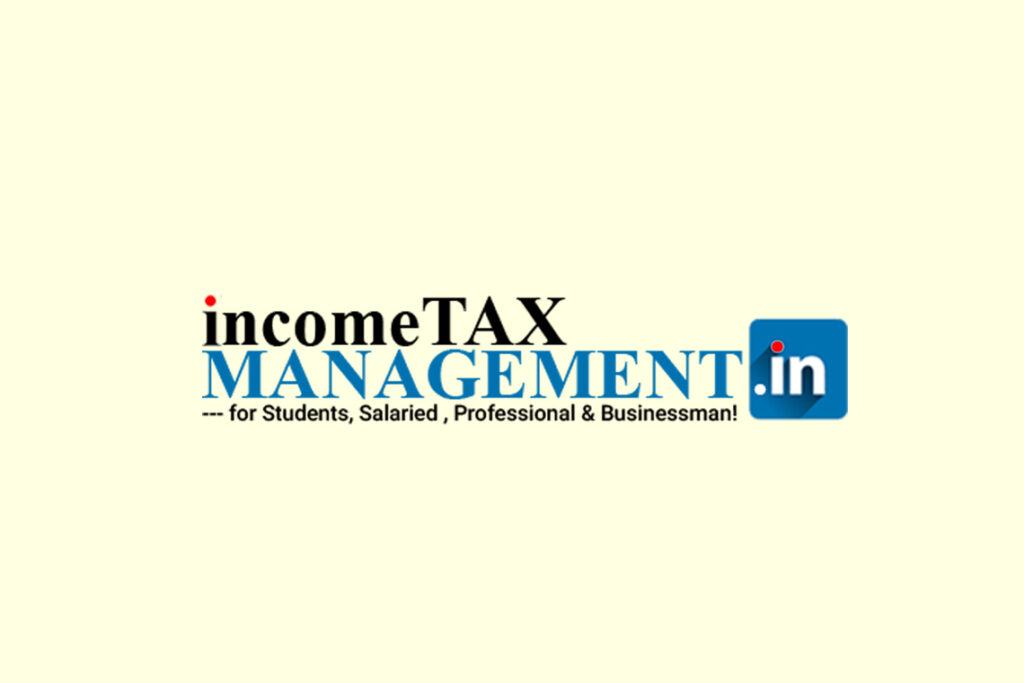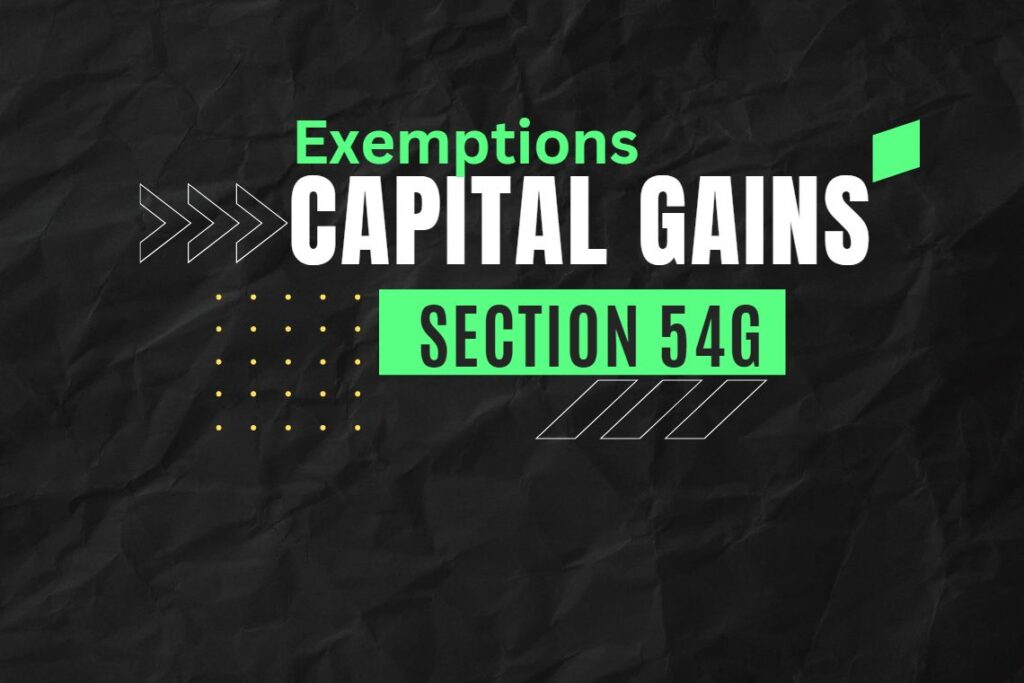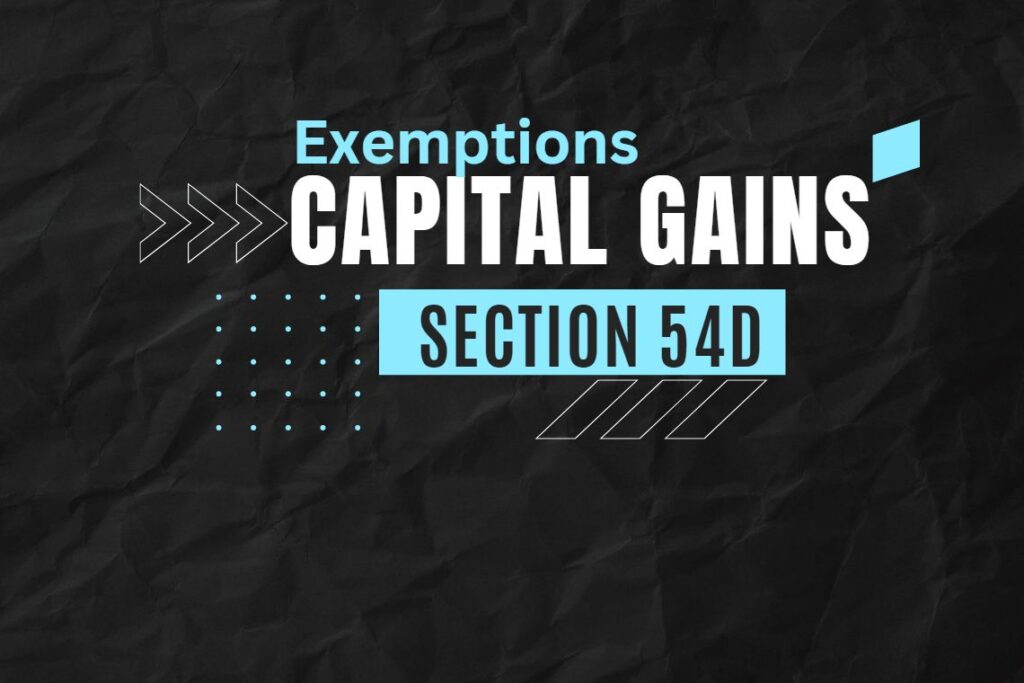Section 45(1) of the Income Tax Act, 1961 is the foundational provision that defines how and when capital gains are taxed. It establishes that any profits arising from the transfer of a capital asset in a financial year shall be chargeable to tax under the head “Capital Gains”.
1. Key Principles Under Section 45(1)
A. Chargeability Conditions
For capital gains to be taxable:
- There must be a “Capital Asset”(as defined in Section 2(14)).
- The asset must be “transferred”(as per Section 2(47)).
- The transfer must result in a gain(if there’s a loss, it can be set off).
- The gain must arise in the relevant financial year.
B. Exceptions (Where Capital Gains Do Not Apply)
- Gifts(unless received from a non-relative for inadequate consideration).
- Will/inheritance(no tax on receipt, but tax applies when sold later).
- Compulsory acquisition(special provisions under Section 96 to 98 may apply).
C. Capital Asset (Section 2(14))
- Any property(movable/immovable) held by an assessee.
- Exclusions:
- Stock-in-trade (business inventory)
- Personal effects (clothes, furniture) exceptjewelry, art, and securities.
D. Types of Capital Gains
| TYPE | HOLDING PERIOD | TAX RATE (FY 2024-25) |
| Short-Term Capital Gains (STCG) | ≤ 24 months (immovable property) ≤ 12 months (shares, mutual funds, etc.) |
As per slab rates (if not covered under Section 111A) 15% (listed equity shares/units if STT paid) |
| Long-Term Capital Gains (LTCG) | > 24 months (immovable property) > 12 months (shares, mutual funds, etc.) |
20% with indexation (most assets) 10% over ₹1 lakh (listed equity/units without STT) |
E. Transfer (Section 2(47))
Includes sale, exchange, relinquishment, compulsory acquisition, or conversion into stock-in-trade.
2. Computation of Capital Gains (Section 48)
Formula:
Capital Gain = Full Value of Consideration (-)
1. Cost of Acquisition (COA)
2. Cost of Improvement (COI)
3. Transfer Expenses (brokerage, stamp duty, etc.)
A. Indexation Benefit (for LTCG)
- Adjusts COA & COIfor inflation using CII (Cost Inflation Index).
Formula:
Indexed COA = (Actual COA × CII of Sale Year) / CII of Purchase Year
B. Special Cases
| ASSET TYPE | TAX TREATMENT |
| Inherited Property | COA = Previous owner’s purchase cost (indexed from their holding period) |
| Self-Generated Assets (e.g., goodwill) | COA = Nil (unless purchased earlier) |
| Zero-Cost Assets (e.g., gifts) | COA = Market value on date of gift |
3. Exemptions & Deductions
A. Section 54: House Property Reinvestment
- Exemption: LTCG from residential property sale is exempt if reinvestedin:
- 1 House in India(within 1 year before or 2 years after sale)
- Construction within 3 years
- Cap: Exemption ≤ Capital Gains
B. Section 54EC: Bonds Reinvestment
- Exemption: LTCG exempt up to ₹50 lakhif invested in REC/NHAI bonds within 6 months.
C. Section 54F: Other Capital Assets Reinvestment
- Exemption: LTCG from non-house assets exempt if invested in 1 residential house.
D. Section 10(38): LTCG on Listed Shares
- Exemption: LTCG on listed equity shares (STT paid)was tax-free till FY 2017-18. Now taxed at 10% over ₹1 lakh.
4. Special Provisions (Sections 50 to 55A)
| SECTION | PROVISION |
| 50 | Depreciable assets treated as STCG |
| 50C | Stamp duty value considered for immovable property |
| 51 | Transfer with retained ownership (no capital gains) |
| 54GB | Tax exemption for start-up investments |
| 55A | Reference to Valuation Officer if undervaluation suspected |
5. Tax Rates (FY 2024-25)
| ASSET TYPE | STCG RATE | LTCG RATE |
| Equity Shares (STT Paid) | 15% | 10% (>₹1 lakh) |
| Debt Mutual Funds | Slab Rate | 20% with indexation |
| Real Estate | Slab Rate | 20% with indexation |
| Gold | Slab Rate | 20% with indexation |
6. Compliance & Reporting
- ITR Forms: ITR-2(individuals), ITR-3 (businesses)
- TDS: 1% (if sale value > ₹50 lakh for property)
- Capital Gains Statement: Required in ITR
TIPS :
Capital Gains tax varies based on:
✔ Asset type (property, shares, gold)
✔ Holding period (STCG vs. LTCG)
✔ Exemptions claimed (Sections 54, 54EC, 54F)











